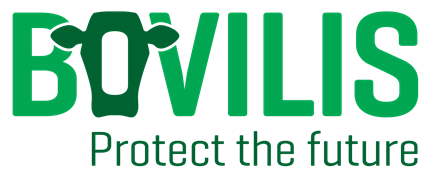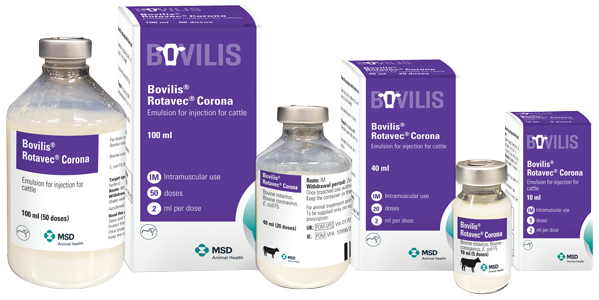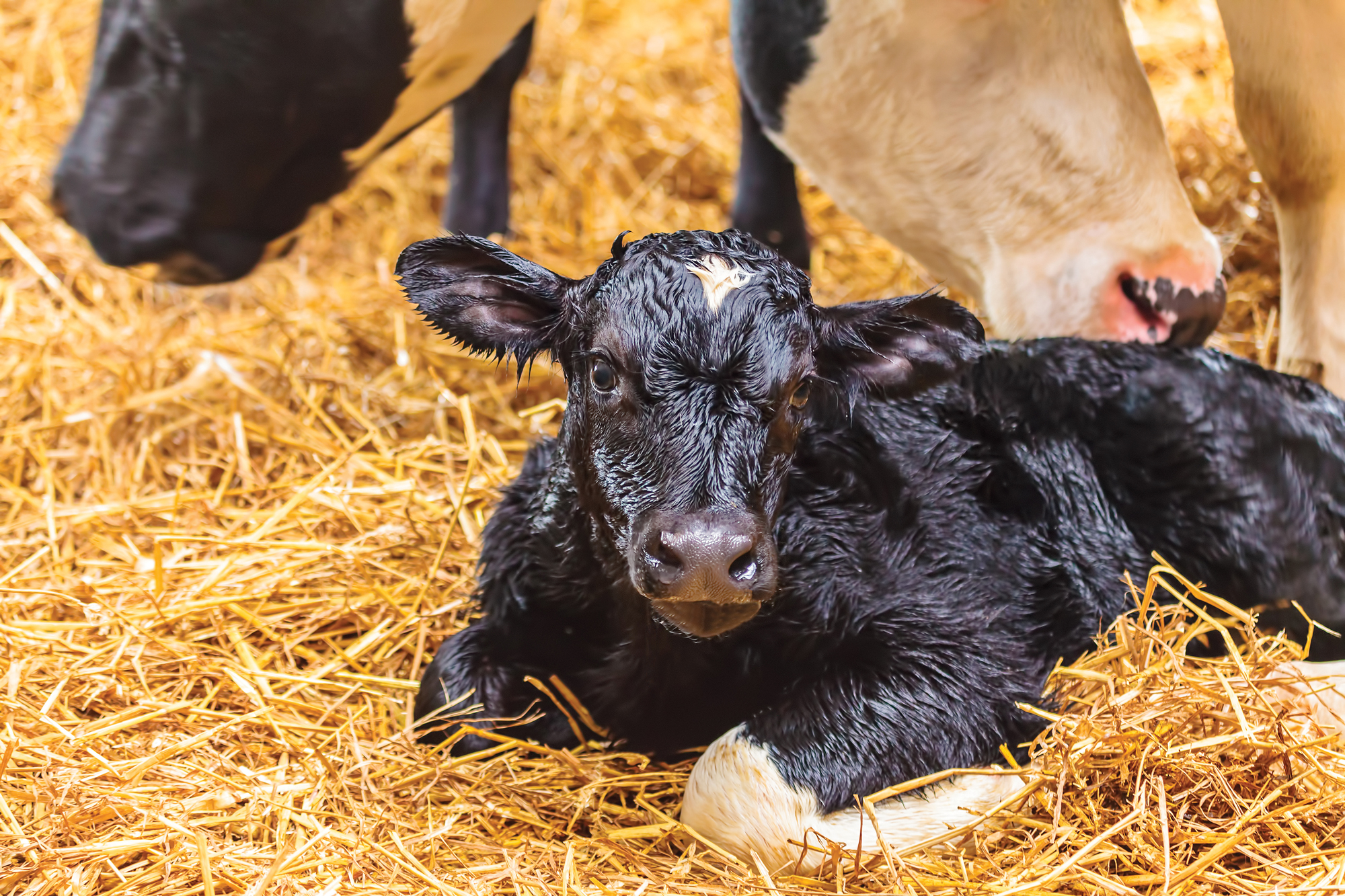

Calf Scour
Bovilis Rotavec Corona
Calf Scour
Calf scour is the most common cause of death in calves less than 1 month old. It accounts for nearly 30% of deaths in calves.
In Ireland, cryptosporidium and rotavirus are the two most common causes of calf scour. It’s very important to focus on hygiene and good quality colostrum feeding at the time of birth.
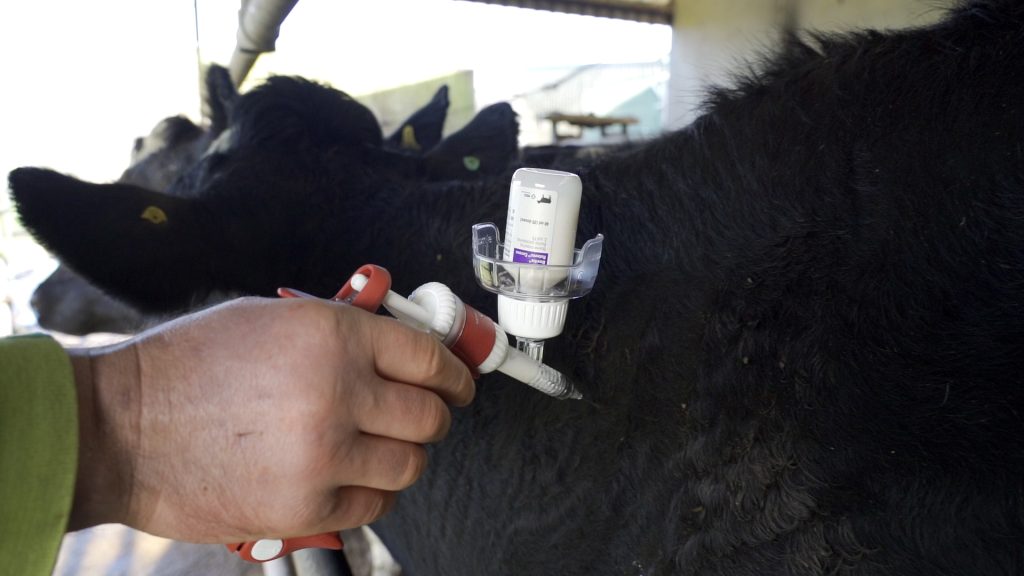
To reduce calf scour
- Vaccination: Vaccinate all pregnant cattle 12 – 3 weeks prior to calving with the Bovilis Rotavec Corona which provides protection against rotavirus, coronavirus and E.coli (K99).
- Colostrum feeding: Increase the resistance of the calf to infection by feeding 3 litres of Colostrum as soon as possible after birth (ideally within the first 2 hours).
- Housing: Ensure the calf has a clean dry pen, you should be able to kneel in the pen without getting your knees wet.
- Management: Handle calves from youngest to oldest, i.e. feed the youngest calves first before feeding to the older calves.
- Hygiene: Clean all feeding equipment after every milk feeding. Hot water will reduce the level of bacterial build up on the equipment. Dung out, power wash and disinfect pens between batches of calves to reduce the build up of bugs.
Scour Vaccination – Bovilis Rotavec Corona
Bovilis Rotavec Corona is a single 2ml scour vaccine. It is administered to pregnant cattle 12 – 3 weeks prior to calving. It is given into the muscle of the animal.
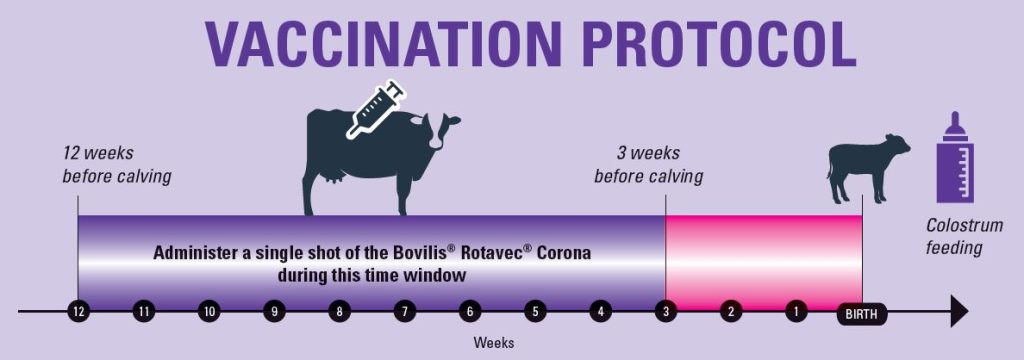
Bovilis Rotavec Corona will stimulate the dam to produce antibodies which will provide protection against rotavirus, coronavirus and E.coli (K99). These antibodies will be stored in the dam’s colostrum. The dam will pass these antibodies to the calf via the colostrum at first milk feeding.
That is why it is so important a calf receives colostrum as soon as possible after birth. Remember the 1, 2, 3 rule. Feed the first milking, within 2 hours after birth ensuring the calf gets at least 3 litres of colostrum. Feeding the calf good-quality colostrum will enhance the protection of the calf against these bugs.
If you have an outbreak of calf scour:
- Separate: Isolate the sick calf or calves (remove from group pen).
- Rehydration: Diarrhoea causes losses of body fluids and minerals. Replacing the calves lost fluids is the most important treatment. Feed the calf good quality oral rehydration solution as soon as diarrhoea is detected.
- Feed Milk: Continue to provide the scouring calves with normal amounts of milk or milk replacer as the source of nutrition and energy. Do not force the calf to drink milk if it is depressed or refuses to suckle.
- Warmth & Comfort: Ensure the calf is warm and dry by having clean, dry pens. Use a calf jacket or a heat lamp if necessary.
- Call the vet: Your vet will be able to investigate what infectious agents are contributing to the calves scour. They will give you the best advice on the available measures of prevention and treatment.
Farmer testimonial
In the video below, dairy farmer James Murphy highlights the key steps he is taking in preparation for calving 2022 and why vaccination plays such an integral role in his calf health plan.
Cryptosporidiosis
One of the main causes of scour in calves less than 2 weeks of age is a parasite called Cryptosporidium parvum. This can result in acute scour and abdominal pain. There is a licensed product which can prevent diarrhoea associated with cryptosporidiosis. The product must be administered orally from 1-2 days of age for a total of 7 days. It should be administered to the calves after milk feeding. This should be used on all calves subsequently born after a diagnosis of cryptosporidiosis has been made. Other supportive therapies including adequate nutrition, warmth and exclusion of draughts all help to maintain calf health.
Keep an eye on our Twitter page, Facebook page and Instagram for more tips on calf scour.
Product Focus
Related Video
Related Articles
- Technology for Profit competition #TimeForTech
 We’re looking for Irelands most innovative dairy farmers! #TimeforTech Following the success of our Prevention for Profit campaign we’re excited to launch the “Technology for Profit” competition for 2025.
We’re looking for Irelands most innovative dairy farmers! #TimeforTech Following the success of our Prevention for Profit campaign we’re excited to launch the “Technology for Profit” competition for 2025. - Flies – Nuisance by name, nuisance by nature
 With temperatures slowly on the rise, next on the agenda – fly season. Impact on production and spread of disease Anyone who has worked with cattle during the summer months needs little reminding of the annoyance which flies can cause. They can be responsible for a state of unrest in the parlour for both cows … Read more
With temperatures slowly on the rise, next on the agenda – fly season. Impact on production and spread of disease Anyone who has worked with cattle during the summer months needs little reminding of the annoyance which flies can cause. They can be responsible for a state of unrest in the parlour for both cows … Read more - Reducing Abortion Rates in Your Flock: Enzootic Abortion of Ewes and Toxoplasmosis
 Eleanor Brady, MVB MRCVS, Ruminant Veterinary Manager, MSD Animal Health Many Irish flocks will experience a few abortions each year, but how many abortions is too many? Targets for abortion and overall empty rate are set at <2% and <5% respectively, although many flock owners accept rates higher than this. Approximately one third of lamb … Read more
Eleanor Brady, MVB MRCVS, Ruminant Veterinary Manager, MSD Animal Health Many Irish flocks will experience a few abortions each year, but how many abortions is too many? Targets for abortion and overall empty rate are set at <2% and <5% respectively, although many flock owners accept rates higher than this. Approximately one third of lamb … Read more
Sign up to Bovilis® product and event information
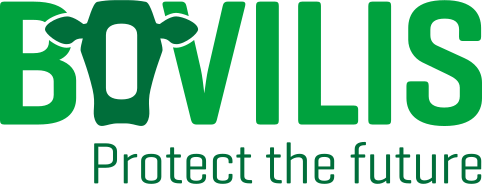
MSD Animal Health
Red Oak North, South County Business Park, Leopardstown,
Dublin 18, Ireland
vet-support.ie@msd.com
PHONE
CATTLE DISEASES
